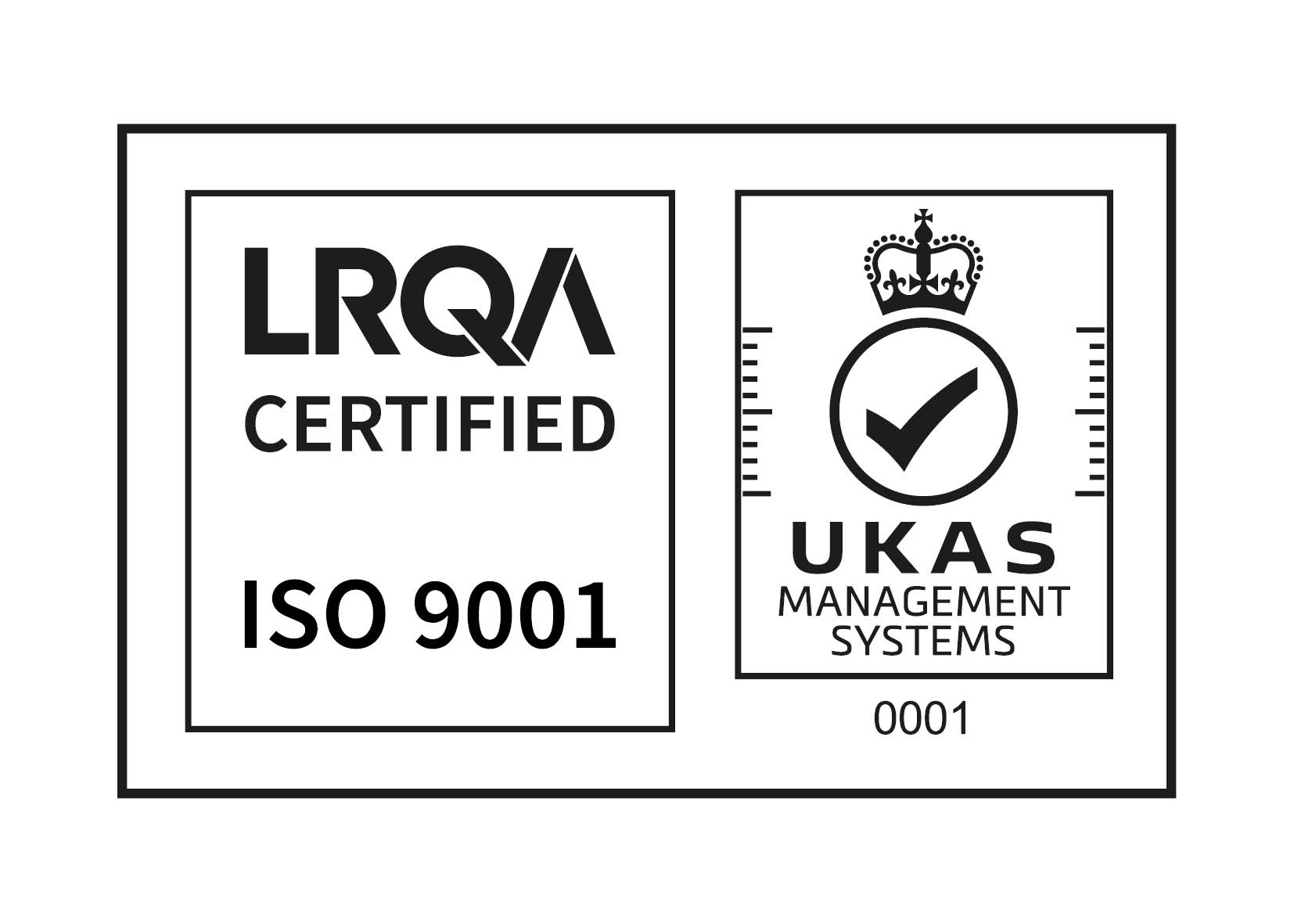Share this
Adopting a Data-Driven Approach to HR Case Management – A Practical Guide
by Emma Laxton on November 17, 2025
As an HR Manager, you are routinely tasked with navigating complex, sensitive, and often high-stakes employee relations issues. These cases—from grievances and disciplinaries to complex investigations—do not just consume time; they represent significant organisational risk.
That risk is getting larger: the average cost for an employer defending a tribunal claim is estimated to be around £8,500, encompassing legal fees and management time (Source: British Chamber of Commerce). Compensation awards are even more significant. The average award for unfair dismissal in 2023/2024 was £13,749 and the average age discrimination award reached £102,891 in the same period
For too long, HR case management has been viewed as a necessary administrative function, often reliant on a patchwork of shared drives, scattered emails, and sprawling spreadsheets. This traditional, manual approach is fundamentally reactive. It forces you to operate in a perpetual state of firefighting, where decisions are based on immediate context and intuition, rather than comprehensive, objective evidence.
The future of professional HR lies in a definitive shift: adopting a data-driven approach to case management. Our practical guide is aimed at demonstrating how this type of transformation moves HR from being an administrative cost centre to a strategic, proactive risk-reduction engine, enabled by specialist tools like Workpro HR Case Management Software.

Moving from Spreadsheets to Strategy
The current reality for many HR teams is a data deficit.
When you lack a unified system, critical data is fragmented. You might know the details of the disciplinary case you handled yesterday, but can you instantly compare its timelines and outcomes to similar cases handled by a colleague six months ago? Without this context, you cannot prove consistency, and consistency is the bedrock of defensible HR practice.
A data-driven approach solves this by treating every HR case not just as a problem to be solved, but as a rich source of intelligence. This intelligence, when systematically captured and analysed, provides the visibility you need to pre-emptively address systemic issues, ensure regulatory compliance, and mitigate the risk of costly employee tribunals.
The promise is clear: case management software, designed for HR, allows you to automate processes, track timescales, and generate reports—providing the control and consistency required to guarantee fair treatment for every employee, every time.
Building Your Data Consistency
Before you can analyse data, you must trust the data you are capturing. The basic challenge of a manual system is a lack of standardisation. A data-driven approach begins by enforcing uniformity at the point of capture.
Standardised Case Types
Every case, regardless of its severity, must be classified and processed using a consistent, predefined methodology.
In a manual environment, one manager might log a conflict as "Team Issue," while another logs a similar incident as "Interpersonal Grievance." When the Head of HR asks for a report on workplace disputes, the resulting data is meaningless—apples are being compared to oranges.
The practical step: You must establish a standard case classification. This means having a predefined list of case types (e.g., Disciplinary, Grievance, Whistleblowing, Absence Management) and associated, predefined stages and outcomes.
A specialist HR tool will provide configurable HR case types and workflows for all eventualities; in fact Workpro has 20 case types built-in. This ensures that from the moment a case is logged, the user is guided through the correct, legally sound process. By enforcing standardised stages and outcomes appropriate to each case type, you ensure that every instance is categorised and processed in the same way, laying the essential groundwork for accurate analysis later.
Documentation And Audit Trails
The robustness of your data is entirely dependent on the quality of your documentation. In a high-risk employee relations environment, verifiability is paramount.
When a case is handled via email and shared documents, key pieces of evidence—a meeting note, an email exchange, an action taken—can reside in multiple locations. This leads to information silos, delays, and a severe compliance risk if information is lost or inaccessible during an audit or legal proceeding.
The practical step: All case information, documentation, and communication must be stored centrally and linked directly to the specific case record.
Specialised case management software provides a secure, central repository. Workpro’s integral document management feature allows all relevant documentation to be stored directly within the case record, while also providing a full audit trail of every action, access, and decision taken. This granular, timestamped record is critical: it proves who did what and when, providing an ironclad defence should the case ever require external scrutiny. This robust audit trail is the practical definition of legally defensible HR.
Strategic Insights
Once you have consistent, high-quality data input, you can shift your focus to analysis. HR Managers must stop seeing data merely as reporting and start viewing it as a predictive and prescriptive tool.
The management information you extract should focus on three strategic areas: Time, Trends, and Outcome Quality.
Time-Based Metrics
These metrics focus on efficiency, compliance, and the speed at which risk is managed. Time is often the most significant risk factor in HR cases; protracted disputes escalate emotionally and increase legal exposure.
- Average Case Duration: The time taken from case logging to final resolution. This should be tracked and benchmarked by case type. A consistently long duration for, say, disciplinary cases suggests a procedure that needs urgent attention.
- Time To Complete Each Stage: By tracking and analysing the length of time it took a case to move through each stage, you can spot bottlenecks and sticking points. A chart showing the average days a case has been open by stage is a simple way to visualise this data and address the appropriate part of the process.
- Compliance to Timeline: Monitoring adherence to internal policy or regulatory timescales (e.g., the time limit to respond to a formal grievance). Breaching these timelines is a compliance failure that can weaken your legal position.
Workpro’s Performance Monitoring feature provides comprehensive dashboards that track casework in real-time. Highly visible alerts and reminders drive action, ensuring that critical tasks are completed on time and preventing cases from becoming high-risk due to administrative neglect.
Trend Metrics
This is where the data-driven approach moves from managing individual cases to managing systemic issues across the organisation.
- Case Volume by Manager/Department/Location: This is perhaps the most actionable metric. If you observe a disproportionate volume of grievances originating from a single department or, more specifically, under a particular line manager, the case data is pointing to a systemic problem—a training gap, a management style issue, or a cultural hot-spot—not merely a series of isolated incidents.
- Repeat Offender/Repeat Complainant Rate: Tracking repeat interactions is crucial. It helps distinguish between isolated issues and patterns of behaviour that require structured intervention, whether through performance management or welfare support.
By analysing well-categorised data through flexible reporting tools, HR can isolate and present these trends to the leadership team, justifying targeted, strategic interventions such as mandatory leadership training or changes to local policies.
Outcome Quality Metrics
The ultimate measure of your HR case management system’s effectiveness is whether the outcomes are fair, justifiable, and sustainable.
- Internal Appeal Rate: Tracking the percentage of cases that result in an internal appeal by the employee. A high rate suggests inconsistency in initial decision-making or a lack of clarity in policy application.
- External Escalation Rate: The most critical metric—the number of cases that escalate to external bodies, such as an employment tribunal. A reduction in this rate is a quantifiable demonstration of the value of a consistent, data-driven approach.
Analysing outcome data provides immediate feedback on the health of your policies and the competence of your internal investigation procedures.
From Report to Action
The true value of a data-driven approach is realised not in the generation of reports, but in the intelligent action taken as a result. Data must drive continuous improvement across the employee relations function.
Targeted Training
Instead of rolling out generic, expensive training across the entire organisation, use your reports to inform your learning and development strategy.
If the data reveals that managers in Department X are responsible for 70% of the minor disciplinary cases, your resources must be focused there. Data allows you to move from general capability building to targeted risk mitigation, ensuring that line managers who struggle with early-stage conflict resolution receive the specific support they need.
Workpro Connect, an optional module, supports line managers throughout the case by providing a self-serve portal specifically designed for them, ensuring they follow the correct process from the outset, with oversight from the central HR team.
Data-Led Policy Review
Policies should not be static; they should evolve based on real-world impact.
If your metrics show that a particular type of policy (e.g., your Flexible Working Request policy) has a high rate of internal appeals or subsequent grievances, the data is signalling that the policy itself may be unclear, too rigid, or inconsistently applied.
The quantitative evidence from your case data provides the authoritative justification required to lobby for a necessary, potentially complex, policy overhaul with senior stakeholders.
Demonstrate Fairness
In an increasingly litigious environment, the ability to prove consistency is your greatest defence.
When an employee or their legal representative challenges a decision, your system must be able to immediately retrieve every comparable case, prove the process followed, and verify the consistency of the outcome.
A data-driven approach, powered by a tool that ensures a consistent, fully-repeatable process and a provides a comprehensive audit trail, allows you to demonstrate that the employee was handled fairly and in line with both internal policy and best practice. This ability to show 'the black and white detail' of consistency removes unnecessary risk and is the definitive way to mitigate potential legal costs.
Proactive HR
The era of manual, reactive HR case management is over. Adopting a data-driven approach transforms the HR manager’s role from that of a reactive firefighter to a strategic contributor who actively reduces risk and improves organisational culture.
By focusing on the consistent capture of high-quality data, analysing the critical metrics, and using those insights to drive targeted interventions, you move beyond administrative processing.
You gain control at every stage, allowing you to highlight issues before they become full-blown problems and ensuring that your employee relations function is fair, consistent, and legally defensible, every time.
To truly realise this strategic vision, HR will have to invest in specialised solutions designed specifically for the complexity of employee relations. A dedicated platform provides the management visibility and control needed to take your professional approach to a whole new level.
Share this
- November 2025 (1)
- October 2025 (2)
- September 2025 (1)
- August 2025 (3)
- July 2025 (2)
- May 2025 (2)
- April 2025 (3)
- February 2025 (3)
- December 2024 (1)
- November 2024 (1)
- October 2024 (1)
- June 2024 (1)
- May 2024 (2)
- April 2024 (2)
- March 2024 (1)
- February 2024 (1)
- January 2024 (1)
- December 2023 (1)
- November 2023 (2)
- October 2023 (1)
- August 2023 (2)
- July 2023 (2)
- June 2023 (2)
- May 2023 (1)
- April 2023 (3)
- February 2023 (3)
- December 2022 (2)
- October 2022 (1)
- September 2022 (3)
- August 2022 (2)
- July 2022 (2)
- June 2022 (1)
- March 2022 (2)
- February 2022 (1)
- January 2022 (1)
- December 2021 (1)
- October 2021 (1)
- June 2021 (2)
- May 2021 (1)
- February 2021 (2)
- October 2020 (1)
- September 2020 (1)
- August 2020 (1)
- July 2020 (1)
- June 2020 (3)
- April 2020 (1)
- October 2019 (2)
- September 2019 (2)
- May 2019 (1)
- March 2019 (1)
- November 2018 (1)
- July 2018 (1)
- November 2017 (1)
- September 2015 (1)








